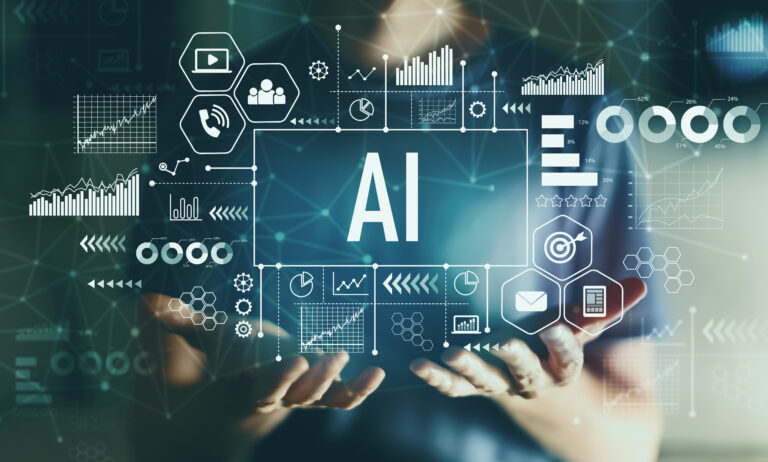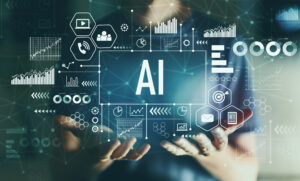By Ben Miller, COO & EVP of Regulatory and Scientific Affairs
Technological advancements are reshaping the food and beverage industry at every level, yet many still think of “AI” as simply related to large language models (LLMs) such as ChatGPT or other such chatbot applications. However, there is far more to artificial intelligence (AI) than these well-publicized language models, especially when considering the data and analytical needs of the food sector.
Most food safety management systems currently focus on very narrow applications, such as monitoring critical control points or preventive controls, and in many cases this data is collected digitally. In principle, these narrower, well-defined datasets can be used to train machine learning models that predict system failures and offer a glimpse into how AI could reduce risk in the food supply chain.
One example of a narrow AI-driven use-case in the food industry is predictive maintenance for cold chain equipment. Here, machine-learning algorithms continuously analyze temperature and operational data gathered from refrigerators, freezers, and other cooling systems. With enough historical data, these algorithms can detect subtle patterns or anomalies that may indicate an impending mechanical failure. By flagging these early warning signs, such as irregular temperature fluctuations or unusual energy consumption, maintenance can be scheduled preemptively to reduce downtime, prevent food safety issues, and ensure product safety. This narrow application works effectively because of the consistent, structured, and digitally captured data specific to cold chain systems; it automates the monitoring, analysis, and reporting of data, enabling a technician to be notified without human intervention should the system detect a pending failure.
Stepping back from more narrow-use cases, most other food safety information has historically been siloed, stored in separate systems or formats, largely because there has been no compelling business reason to integrate these disparate data sources holistically. Recent rules promulgated by the FDA to improve traceability in the supply chain (e.g., FSMA 204) for certain types of food, are pushing the food industry to integrate these disparate data sources both internal and external to their operations. The FSMA 204 rule established “Key Data Elements” that define the type of information that needs to be captured and shared in the supply chain and creates new data elements (such as the traceability lot code) that have not typically existed or been shared by the food industry. Companies at the retail end of the supply chain see value in leveraging these new structured data sources, to create better visibility into their supply chains regarding the location and velocity of movement of products. These large, structured datasets lend themselves well to machine learning and automation and for uses that go beyond traceability for the purposes of improving food safety.
Ultimately, the food industry must first prioritize building high-quality data sources, rich in both volume and fidelity, before it can fully realize the benefits of AI and process automation. While some niche applications already benefit from machine learning and predictive analytics, the “hype” around AI’s broader potential currently outstrips the sector’s ability to leverage it. Until industry stakeholders decide that integrating food safety data across functions and companies is a worthwhile strategic investment, AI in food and beverage is likely to remain confined to narrower use cases. The path forward involves seeing AI not just as LLMs, but as a suite of data-driven tools that can propel the industry forward once the right foundations of integrated, accurate, and actionable data are in place.
Food safety companies should start their AI journey with a fundamental step: auditing their current data and creating consistent standards across all operations. When every team from production to distribution collects and records information the same way, preferably electronically and in interoperable formats, it builds the foundation needed for effective machine learning. This groundwork enables more sophisticated data projects and opens the door to potential AI and automation applications the industry has yet to achieve.
All written content in TAG articles, newsletters, and webpages is developed and written by TAG experts, not AI. We focus on the realities and the science to bring you the most current, exacting information possible.





